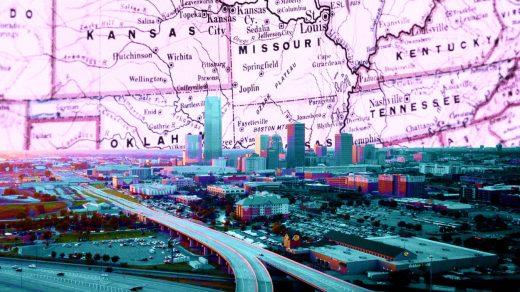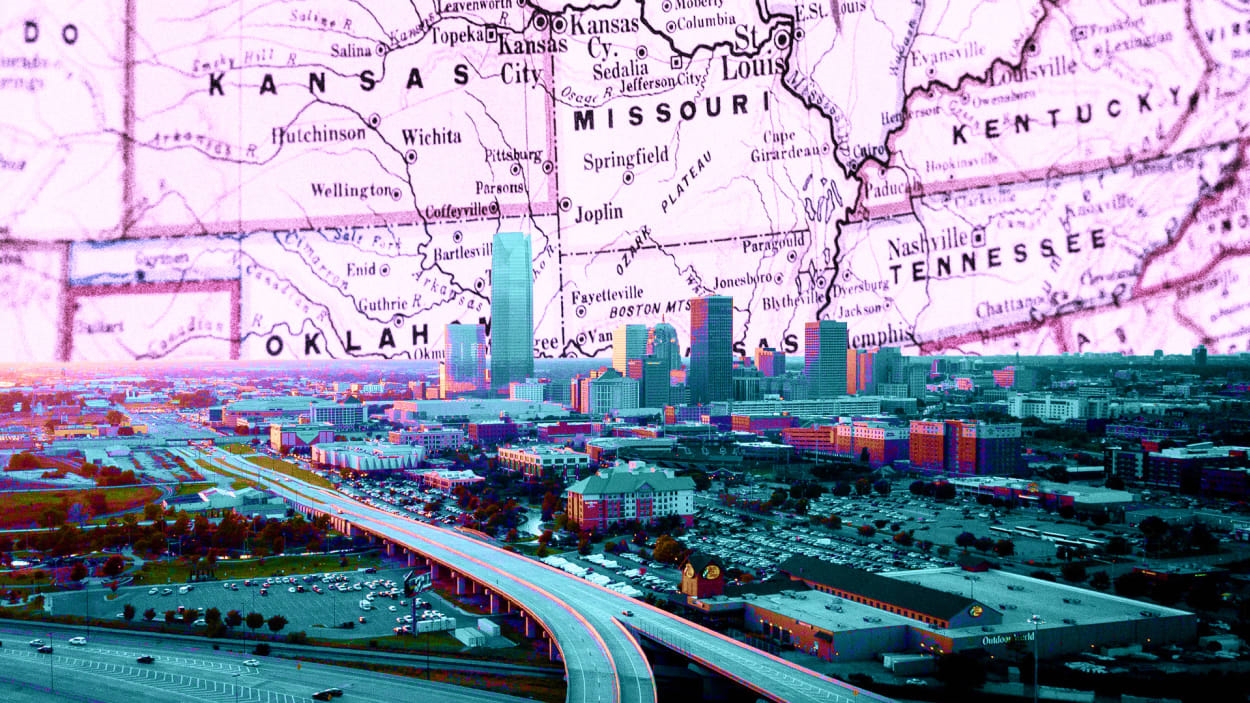Want real tech innovation and growth? Think heartland, not coasts
By Nicholas Lalla
The story of the first successful PC began not in some garage in Northern California or on a leafy college campus in Cambridge, Massachusetts. It was actually in Oklahoma. Here in the heartland, an Oklahoma State University graduate student named Ed Roberts was given access to a massive IBM 1620 computer and became enamored with the idea of computers helping us perform daily tasks. He took that interest and his technical skills and moved to New Mexico, started a company that sold model rockets and calculators, and eventually started marketing DIY Altair 8800 computer kits to hobbyists.
He called the company Micro Instrumentation and Telemetry Systems (MITS). Bill Gates, still in college, and Paul Allen, who was working for Honeywell, expressed interest in coding for the computer. They soon became employees and later had a software licensing agreement with MITS. They liked Roberts’s product and his penchant for names, and when they launched their own company to sell the BASIC software they created for Altair, they called it, naturally enough, Microsoft.
This story isn’t just a sweet bit of historical trivia: It’s a pretty good roadmap for the future of American innovation. Put bluntly, if you want to know how America can continue to meet the challenges of global competition, foster innovation, and thrive, the answer comes down to five simple words: Make tech in the heartland.
Just brush up on your tech history—admittedly not something a future-forward industry likes to do—and you’ll see that Oklahoma was the home or birthplace of inventors for corporate voicemail, pressurized flight suits, coin-operated parking meters, and other game-changing inventions that came to life. Sure, Silicon Valley is known for its innovation, but consider the crucial advantages of the Midwest.
Rethink what you know about the heartland
First, we know how to make things. Everyone knows that the Model T launched the American automobile industry in 1903 and reshaped everything about the nation. It gave us highways and amplified our economic might, but it wasn’t built in Manhattan or Los Angeles. It came out of Detroit. Also created in the middle of the country? Binocular microscopes (Louisiana, 1852), television (Idaho, 1927), heart monitors (Montana, 1962), and much more, including pioneering developments in energy tech and advanced aerial mobility.
Now that COVID-19 and the resulting supply chain crises showed us all the crucial strategic value of making things here in the United States, it’s only natural that we turn to this region that has such a strong tradition of building and innovating, and with the needed infrastructure.
Second, we have the brainpower. Sure, the coasts boast elite schools. But when you have a cluster of industries like oil, gas, and aerospace—which require a concentration of scientific-minded people—you’re particularly well-positioned to spawn Big Tech innovation.
Third, being the sort of place that believes in community, we’re really good about forging the needed public-private partnerships to do more than feed the latest trending funding frenzy. We know how to work together to identify real-world needs and challenges and secure diverse sources of funding that can help overcome barriers to innovation. That’s key to creating a less mercurial, more sustainable tech scene—one that doesn’t depend merely on a few unicorns but supports a wide array of viable companies over time.
Create community in the livable Midwest
In cities like Tulsa, we’re also passionate about supporting and celebrating our innovators. You’d be hard-pressed to find more community pride than in the Midwest. It’s the new American dream: People in mid-sized cities see the gaps in society, get creative with their resources, and have the space and support to explore their big ideas and make dreams a reality.
Finally, the heartland is a safe bet because it’s a great place to live. A quick glimpse at San Francisco shows what happens when dwindling supply and soaring demand lead to stratospheric real estate prices: People rebel. The New York Times reported recently that residential rents in the City by the Bay dropped 27% in 2021 while office vacancy rates shot up nearly 17%. Those fleeing are more likely to find what they seek (affordable housing, welcoming cities, good quality of life, and community) in the heartland than anywhere else in the country.
Simply put, the heartland is the safest place to be an entrepreneur.
These reasons and others are why industry luminaries like Steve Case, AOL’s founder, are convinced that the next big tech explosion will come from the middle of the country.
And looking at my backyard here in Tulsa, I can tell that the sentiment is very plausible.
Tulsa has cutting-edge development
We have healthcare tech innovators like PatchRX, a company that helps patients remember to take the right medication at the right time and also allows pharmacies to track adherence and predict demand. Or Verinovum, a clinical healthcare data management platform helping patients and organizations avoid unnecessary costs and deliver better outcomes for everyone. We have cybersecurity initiatives with world-class researchers and entrepreneurs working to help protect pipelines and other critical infrastructure. We’re doing cutting-edge work with drones, including research on the possibility of unmanned aircraft delivering life-saving medicine to remote rural areas. And this is only the beginning of heartland tech innovation.
All this should come as no surprise, especially after the announcement earlier this fall that Tulsa is receiving over $38 million from the Economic Development Administration’s (EDA) Build Back Better program to create the Tulsa Regional Advanced Mobility (TRAM) Corridor. With a focus on research, development, and production in the advanced mobility industry, Tulsa is front and center when it comes to innovation.
We’re the heart of American creativity, and we’re only just getting started.
(24)



